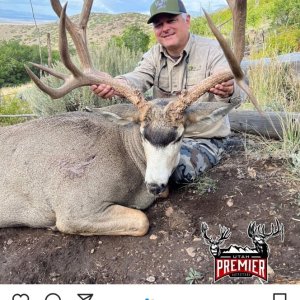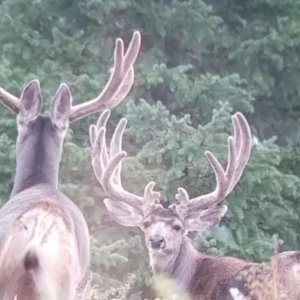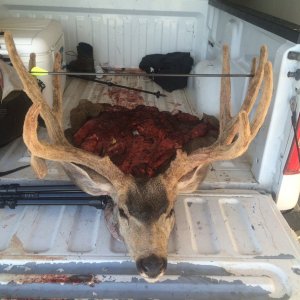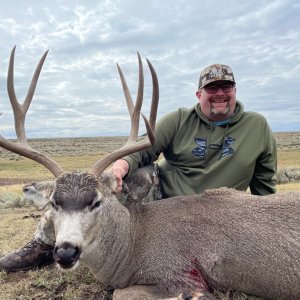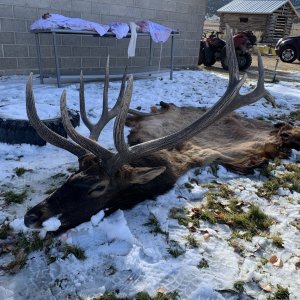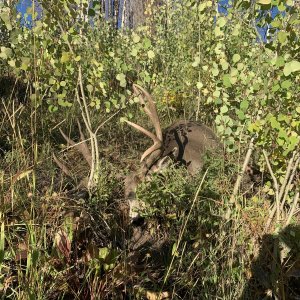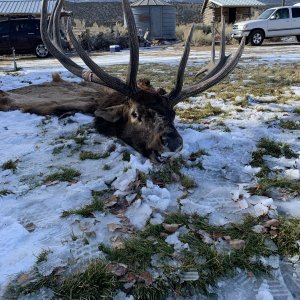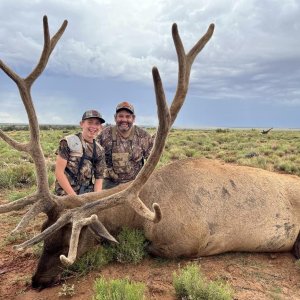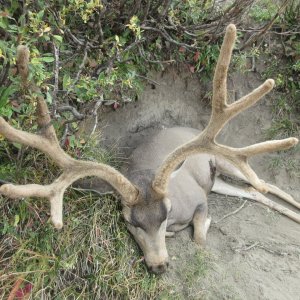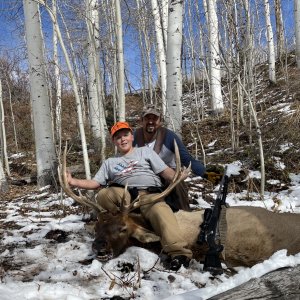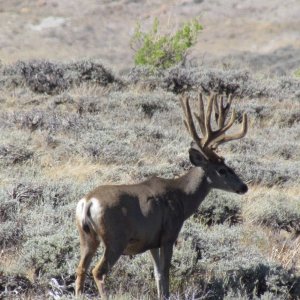Apologies in advance for the length...
There are two parts to reply to but they are related:
1) the DWR's position is that the technology issue is largely social. As such they tend to go with majority opinion -- something that's true whether you go through the RACs or the legislature as Congress critters are very aware of public opinion. You may have missed the part in my original post that I tend to vote against tech tricks but am usually out-voted. Either way, changing the tech laws is going to involve changing public opinion (read: majority hunter opinion).
2) The conservation tag system is also largely social. It does not have a biologic impact. We did vote on it and it comes up for reconsideration at regular intervals. Utah hunters overwhelmingly support it (literally above 90%). Again, changing it = changing public opinion.
Aside: The CWMU program has an impact on all three parts of the algorithm (all 4 in your case). The impacts are all largely positive though. I and another RAC member had a concern about where those tags were going- we were concerned many we going to non-residents. We did a study and discussed it at a RAC meeting last year. 100% of the draw tags go to residents and over 80% of the purchased tags do to, which surprised me. I guess that explains why the CWMU program also enjoys overwhelming public (hunter) support.

